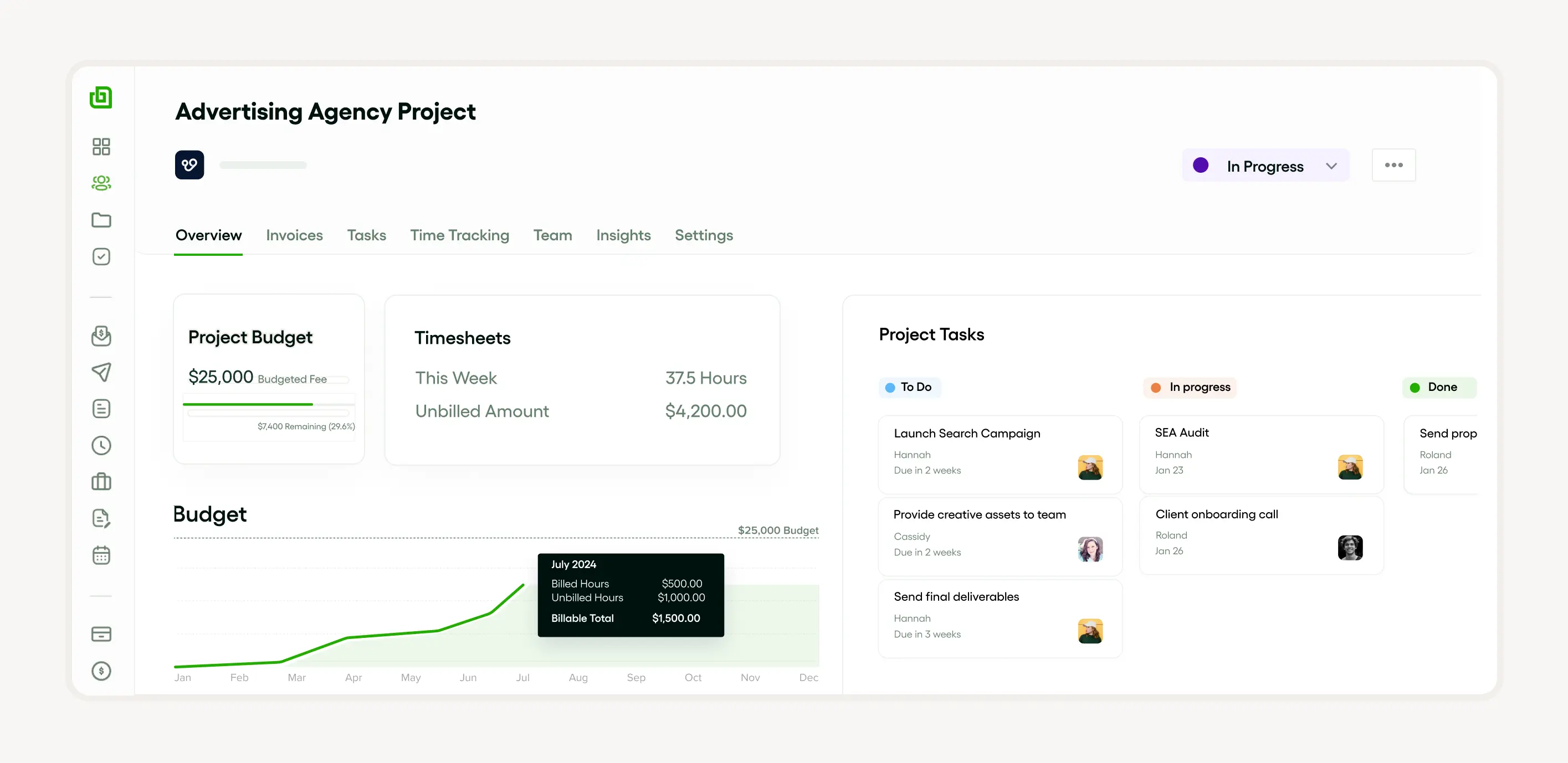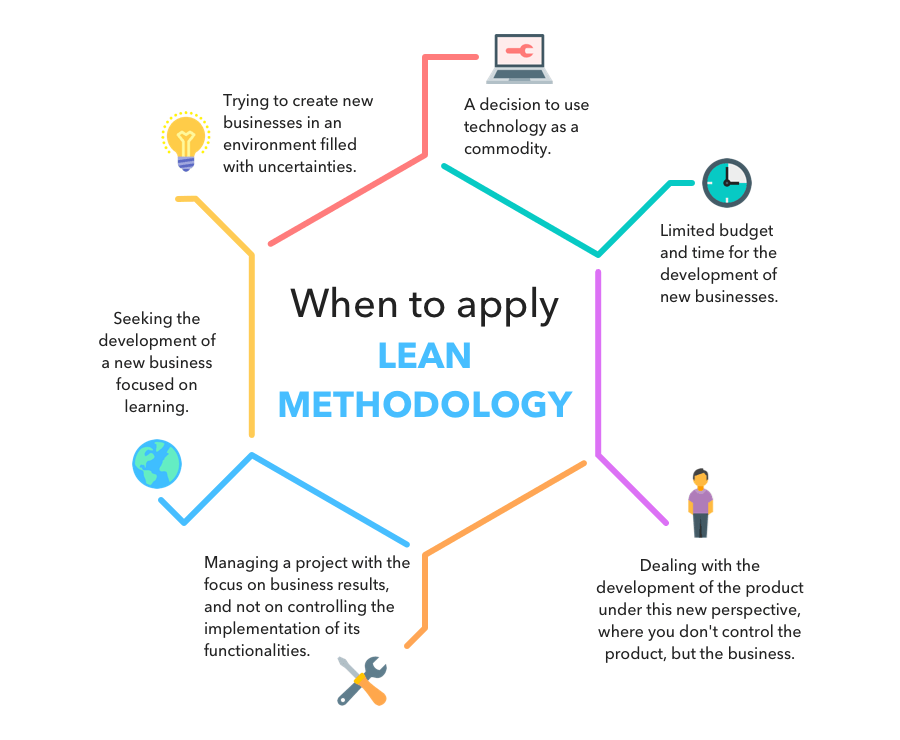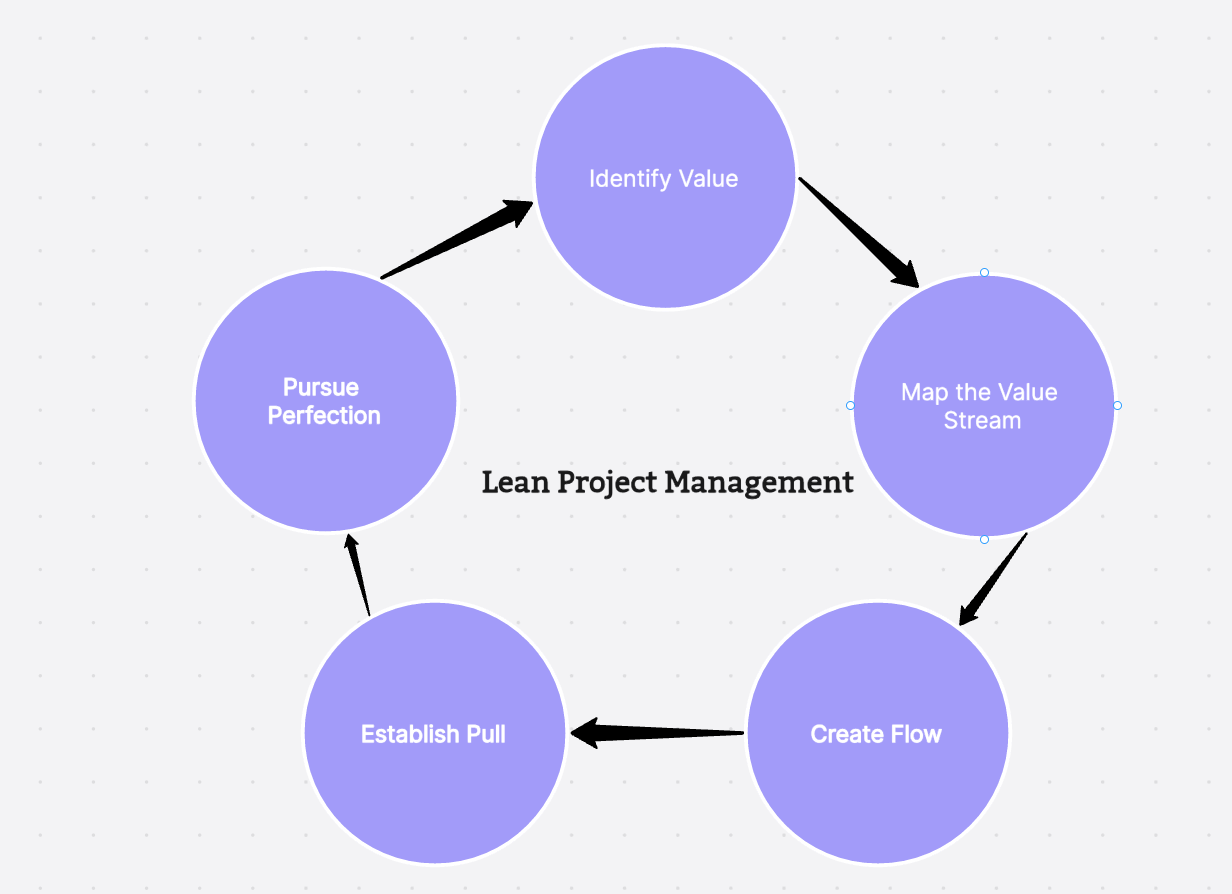Lean project management is inspired by Lean manufacturing, focusing on maximizing value and cutting waste. This approach boosts efficiency and smart resource use, integrating Agile methodologies like Scrum and Kanban.
Using the pull system and value stream mapping enhances workflow management, driving continuous improvement. Lean's main goals are to cut non-value-adding processes, optimize resources, and align project goals with customer values.
Introduction to Lean project management
Lean project management maximizes value and slashes waste, enhancing efficiency and profitability. It covers project, workflow, task, and resource management. This approach combines Agile, continuous improvement, Kanban, Scrum, the pull system, and value stream mapping. Lean reduces inefficiencies in project management.
Continuous improvement is core to Lean, helping teams refine workflows and outputs. This strategy is vital for delivering high-quality products or services while controlling costs and resources.
What is Lean project management?
Lean Project Management uses Lean manufacturing principles to boost value and reduce waste. Using Agile methods like Scrum or Kanban, it enhances workflow, task, and resource management to deliver value efficiently.
Lean principles encourage a pull system of work, continuous improvement, and value stream mapping. This ensures teams work productively on prioritized tasks, swiftly hitting project goals without waste.
The origin of Lean project management
Lean project management comes from manufacturing, rooted in Lean principles from the Toyota Production System. This approach aims to maximize value and minimize waste, optimizing workflow, resource management, and task management while promoting continuous improvement.
It uses Agile techniques like Scrum and Kanban and a pull system to manage workflow. Value stream mapping visualizes and improves processes. Lean focuses on reducing waste and increasing value, making it a popular project management choice.
Implementing Lean with project management software Bonsai
Choosing the right all-in-one project management platform is essential, and this is where Bonsai excels.
Implementing Lean project management helps agencies run smoothly, benefiting both the agency and its clients. Embracing this approach is key to boosting customer satisfaction and workplace productivity. Bonsai integrates Lean methodologies to streamline workflows, enhance productivity, and ensure value delivery. With tools like Bonsai, you get seamless task management, real-time tracking, and effective collaboration, leading to better project outcomes.

Bonsai empowers agencies to:
- Manage client work effectively by staying on top of scope, setting milestones, and collaborating with clients in real time.
- Plan projects powerfully with resource and workload management, time tracking, and seamless invoice generation.
- Generate detailed reports for accurate tracking of project health, utilization, profitability, and more.
Simplify your business operations with Bonsai by consolidating your projects, clients, and team into one integrated, easy-to-use platform. Bonsai offers comprehensive operations control, enabling you to manage every aspect of project delivery from start to finish. Ready to streamline your Lean processes with our top-class Agile project management platform? Start by creating a task today.

Creating a task in Bonsai is straightforward. Here’s how you can do it:
- Navigate to the Tasks page: Go to the Tasks section in your Bonsai dashboard.
- Click on "New Task": Select the "New Task" button to start creating a new task.
- Fill in task details: A window will appear where you can enter the task name, assign it to a project, and designate a team member.
- Add additional information: You can also input details like due dates, descriptions, and upload related files.
- Create subtasks: If needed, add subtasks by clicking on "Add Subtask" under the main task.
- Save the task: Once all details are filled in, save the task to add it to your project.
This process helps you stay organized and ensures all tasks are clearly defined and assigned.
By embracing Lean with Bonsai, agencies can drive customer satisfaction and improve workplace productivity. By simplifying processes, boosting efficiency, and guaranteeing successful project completion, Bonsai empowers agencies to reach superior project results and increased client approval. Embrace Lean methodology with Bonsai and revolutionize your project management strategy now!
The core principles of Lean project management

Lean Project Management follows Lean manufacturing, focusing on maximizing value and minimizing waste. It hinges on Agile, streamlining task and workflow management. This dynamic approach leverages Scrum and Kanban, using a pull system and embracing continuous improvement.
Resource management is crucial, with value stream mapping ensuring efficient resource use. These methodologies help teams focus on customer value, cutting non-essential activities per Lean principles.
Eliminate waste
Cutting waste is central to Lean. The aim is to maximize customer value while minimizing waste through effective task, project, and workflow management. Agile methods like Scrum and Kanban support continuous improvement.
Scrum uses iterative cycles, and Kanban employs a pull system for tracking progress and spotting bottlenecks. Value stream mapping analyzes current and future states to streamline the process, aligning with Lean principles.
Amplify learning
Amplify learning by applying Lean principles, focusing on maximizing value and minimizing waste. Efficient project management enhances task and resource management, boosting productivity and profitability.
Agile methods, including Kanban and Scrum, support Lean principles. Tools like continuous improvement, the pull system, and value stream mapping track workflow, ensuring it meets business goals for optimal results.
Decide as late as possible
Lean principles maximize value and minimize waste, emphasizing late decision-making. Agile methods like Kanban and Scrum enhance project management, syncing task, workflow, and resource management.
These principles rely on a pull system, aligning production with demand. Value stream mapping visualizes workflow, promoting continuous improvement. Adopting these methodologies optimizes processes and boosts productivity.
Deliver as fast as possible
Lean principles, Agile methods, and project management maximize value and cut waste. These methods improve workflow and task management, leading to better resource use.
Lean relies on a pull system and continuous improvement. Value stream mapping identifies waste and improves efficiency. Combining Agile with Lean creates a productive environment that promotes speed, precision, and constant enhancement.
Empower the team
Empowering the team is a key Lean principle, crucial for resource management and efficiency. It enables everyone to maximize value and minimize waste, improving workflow and task management and encouraging continuous improvement.
Agile methods like Scrum and Kanban streamline workflow, using a pull system for task management and value stream mapping to spot waste. Integrating Lean principles boosts productivity and fosters a culture of continuous improvement.
Build integrity in
Building integrity into projects uses Lean principles to maximize value and cut waste. Agile methods like Scrum and Kanban transform workflow management with a pull system, optimizing task and resource management.
Value stream mapping boosts project management, steering teams toward continuous improvement. Lean principles drive efficiency and value, embodying "Building Integrity In" in business practices.
See the whole
Lean principles enhance workflow management, maximizing value and cutting waste. Kanban and Scrum, part of Agile methods, offer visual task and project management, streamlining resource use. These setups operate on a pull system, offering a clear view of value stream mapping and enabling continuous improvement.
Implementing Lean is ongoing, requiring vigilance and adjustments. These methodologies must be ingrained into core practices to excel in project management and workflow efficiency.
Reaping the rewards of Lean project management

Lean project management, deeply rooted in Lean manufacturing principles, is all about delivering maximized value while keeping waste to a minimum within a project. It paves the way for improved task management and workflow management, empowering teams to produce top-notch outcomes more efficiently.
By harnessing project management methodologies such as Agile, Scrum, and Kanban, Lean principles can fine-tune resource management and foster continuous improvement.
Moreover, tools like value stream mapping are put to work for visualizing and better controlling workflows. A pull system, on the flip side, helps to dodge overproduction and maintain a steady workflow. All in all, implementing Lean project management leads to cost savings, better time utilization, and a boost in team productivity.
Boosting efficiency
By implementing Lean manufacturing principles, businesses can maximize value and minimize waste. This can dramatically ramp up workflow management, task management, and resource management.
With the adoption of project management methodologies such as Agile, Scrum, and Kanban, enterprises can further enhance efficiency. These methods promote a pull system of work, continuous improvement, and value stream mapping. All these elements work hand in hand in enabling the Lean principles that ultimately lead to a surge in efficiency.
Improving the quality
Lean principles, employed through project management methodologies like Agile, Scrum, Kanban, and value stream mapping, focus on delivering maximum value for the customer while keeping waste to a minimum. By weaving Lean manufacturing principles into workflows and task management, we can achieve improved quality in project outcomes.
With Agile methodology’s emphasis on continuous improvement, organizations are able to frequently review and adjust their resource management strategies for peak performance. Using a pull system as part of the Kanban workflow management allows for better control over resources and eliminates unnecessary tasks, further promoting Lean principles.
This approach blends effective project, workflow, task, and resource management to provide a Lean but productive operation.
Enhancing flexibility
Enhanced flexibility is a core tenet of Agile methodology, which aligns well with Lean manufacturing principles designed to maximize value and minimize waste. This method is vital in task management and can be implemented effectively with Scrum or Kanban systems, both of which operate on a pull system for optimum workflow management.
The Agile methodology benefits from a focus on continuous improvement, which is central to the Lean principles. This approach ensures that project management remains flexible, adaptable, and efficient. It also enables better resource management through value stream mapping, providing clear visibility of a project’s status.
Lean project management tools
Lean Project Management is a valuable approach that incorporates Lean principles and methodologies like Kanban, Scrum, and Agile to enhance project management. These tools allow for effective workflow management, task management, and resource management, supporting organizations to maximize value and minimize waste.

For instance, Kanban uses a pull system to visualize the workflow, while Scrum promotes continuous improvement through iterative progress. Value stream mapping, on the other hand, helps understand and streamline the process, following the Lean manufacturing principles. Collectively, these tools serve a remarkable role in integrating and employing Lean principles to project management methodologies.
Kanban
Kanban is an Agile methodology, majorly used in project management for workflow management. It follows Lean manufacturing principles emphasizing to maximize value and minimize waste by making use of a visual pull system. The Kanban board aids in task and resource management, presenting a clear picture of ongoing, upcoming, and completed tasks.
In the realm of project management methodologies, Kanban encourages continuous improvement by allowing teams to visualize their work, spot and address bottlenecks, and enhance their productivity. This is further complemented with value stream mapping, a Lean principle focusing on improving overall flow and identifying inefficiencies.
Value stream mapping
Value Stream Mapping integrates Lean manufacturing principles to maximize value and minimize waste, within the project management context. It optimizes workflow management and task management to enhance efficiency and effectiveness. This concept is pivotal to resource management, as it helps identify areas for improvement and thereby promotes continuous improvement.
Furthermore, Agile methodology, including Scrum and Kanban, use Value Stream Mapping within their strategies. It helps in establishing a ‘pull system’, where inventory is managed based on demand. Hence, it’s safe to say that value stream mapping is integral to modern project management methodologies and Lean principles.
5S System
The 5S System is a crucial aspect of Lean manufacturing principles, designed to maximize value by minimizing waste. It encompasses workflow management, resource management, and task management, allowing organizations to streamline processes. The aim is to establish an organized environment that enhances productivity and efficiency.
Within the 5S System, Agile methodology and the principles of Scrum or the Kanban pull system can be adopted. These methodologies encourage continuous improvement, facilitating optimal performance. In essence, the 5S System is a practical application of project management methodologies on a granular level, often visualized through value stream mapping.
Lean project management software
Lean project management software adheres to Lean principles and Lean manufacturing principles to sustain continuous improvement in project cycles. The intent is to maximize value while minimizing waste, delivering the highest possible value to clients. The software often incorporates Agile methodology, including frameworks like Scrum and Kanban, which support workflow management, task management, and resource management.
Such a software leverages a pull system approach and value stream mapping, which together ensure efficient project management methodologies. This results in better productivity, increased value, and cost-effectiveness. Nevertheless, Lean project management software is not just about tools; it’s about fostering a Lean mindset and culture within the team.
Bonsai
Bonsai's task management solution is designed to integrate Lean principles, making it an ideal tool for enhancing efficiency and productivity in project management. Lean project management focuses on maximizing value while minimizing waste, and Bonsai embodies this philosophy through its best features.
One of the core principles of Lean is identifying value. Bonsai helps project managers pinpoint what is most valuable to their clients and ensures that every task contributes to delivering that value. This is achieved through detailed task planning and prioritization. Another key principle is mapping the value stream.

Bonsai allows teams to visualize all steps in their workflow, identifying and eliminating any activities that do not add value. This streamlining process is facilitated by tools like Kanban boards, which help in managing tasks and ensuring smooth workflow. Creating flow is essential in Lean project management, and Bonsai supports this by enabling seamless task transitions and reducing bottlenecks.
The software's real-time tracking and automated workflows ensure that tasks move efficiently from one stage to the next. Finally, continuous improvement is a cornerstone of Lean principles. Bonsai fosters a culture of ongoing enhancement by providing insights and analytics that help teams refine their processes and eliminate waste.
LeanKit
LeanKit is a project management tool rooted in Lean manufacturing principles, supporting Agile methodologies like Kanban and Scrum. It offers a visual platform for workflow management, helping teams maximize value, minimize waste, and achieve continuous improvement.
LeanKit includes various task and resource management features. It uses a pull system to advance tasks based on the team's capacity, avoiding overwhelming workloads. Value stream mapping is central, highlighting process flows and making waste visible.
This project management methodology in LeanKit ensures adherence to Lean principles, promoting efficiency, productivity, and overall organizational improvement.
Planview
Planview embraces Lean manufacturing principles to drive continuous improvement. This approach helps maximize value while minimizing waste, empowering companies to streamline workflow management and boost overall efficiency.
Key features include Agile and Scrum for task and resource management. The Kanban pull system and value stream mapping are crucial for project management and advancing Lean principles.
Planview not only provides superior project management methodologies but also ensures efficient resource utilization, enhancing productivity.
Wrike
Wrike is an advanced task management solution that integrates Lean manufacturing principles to maximize value and minimize waste. Its intuitive resource management features streamline workflow management using Agile methodology, driving continuous improvement.
Wrike offers dynamic project management tools like Kanban and Scrum boards, promoting a Lean pull system approach. The platform supports value stream mapping and other project management methodologies. By applying Lean principles, Wrike creates an efficient project management environment that boosts productivity and success.
Implementing Lean project management in your agency
Implementing Lean project management starts with understanding and applying Lean manufacturing principles, focusing on maximizing customer value while minimizing waste. The Lean approach meshes well with Agile methodology, using tools like Scrum and Kanban for task and workflow management.
Value stream mapping is often used to visualize project flow and identify bottlenecks. The pull system optimizes resource management by aligning workload with capacity.
Continuous improvement is fundamental in Lean project management. Embracing this culture ensures your team consistently examines processes for improvement, pursuing excellence.
Steps to implement Lean project management
- Adopt Lean principles: Focus on maximizing value and minimizing waste, improving task and workflow management through a pull system, typically using Kanban and Agile methods like Scrum.
- Utilize tools: Implement value stream mapping to identify waste and make changes using resource management.
- Embrace continuous improvement: Continuously analyze processes and make necessary modifications to align with Lean principles, improving project management methodologies.
Challenges in implementing Lean project management
Implementing Lean project management with Lean manufacturing principles presents challenges. Shifting mindsets to focus on value stream mapping and minimizing waste can be difficult. Task and resource management require adjustments to accommodate the pull system for continuous improvement.
Integrating Agile methodologies like Scrum and Kanban into workflow management may be tough for firms used to traditional project management methods. Overcoming these hurdles is essential for a seamless transition to Lean principles.
Conclusion
Implementing Lean manufacturing principles, Agile methodologies like Scrum and Kanban, and effective project management methodologies can significantly maximize value and minimize waste in any process. Tools like value stream mapping, the pull system, and continuous improvement enable effective task and resource management, promoting workflow efficiency.
These approaches provide a solid framework for operational excellence, leveraging Lean principles to streamline processes, reduce waste, and drive customer value. The synergy of these strategies results in a robust, efficient, and value-driven operational model that consistently delivers superior results.






